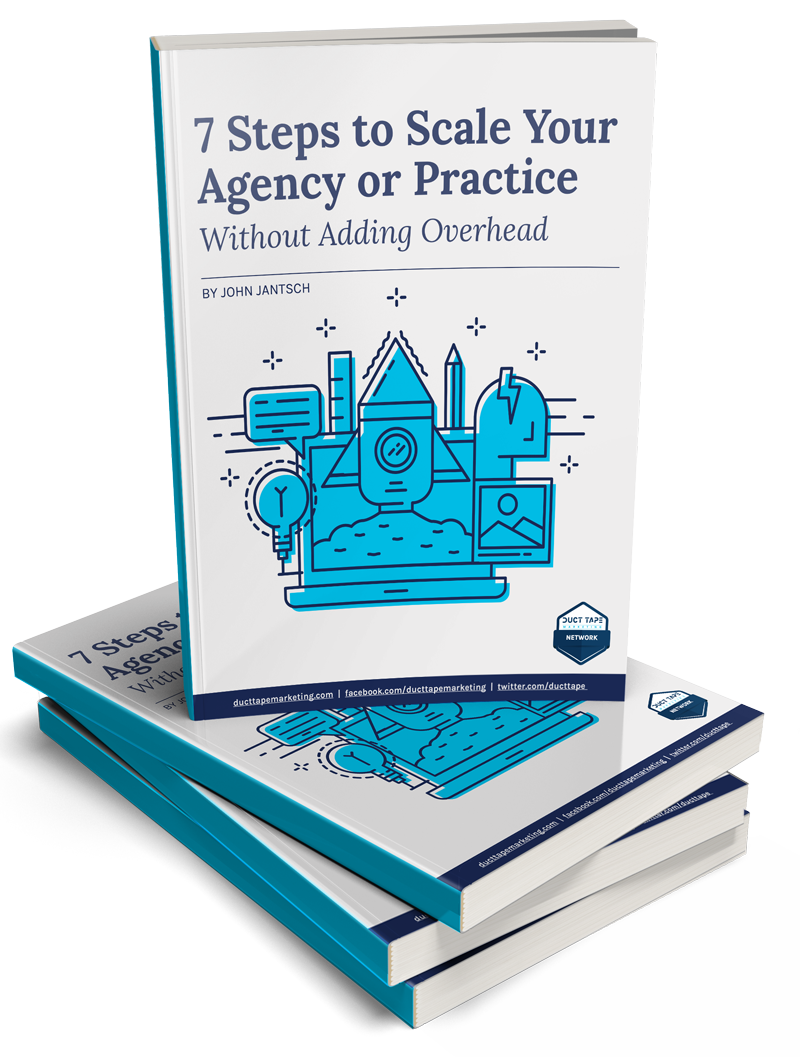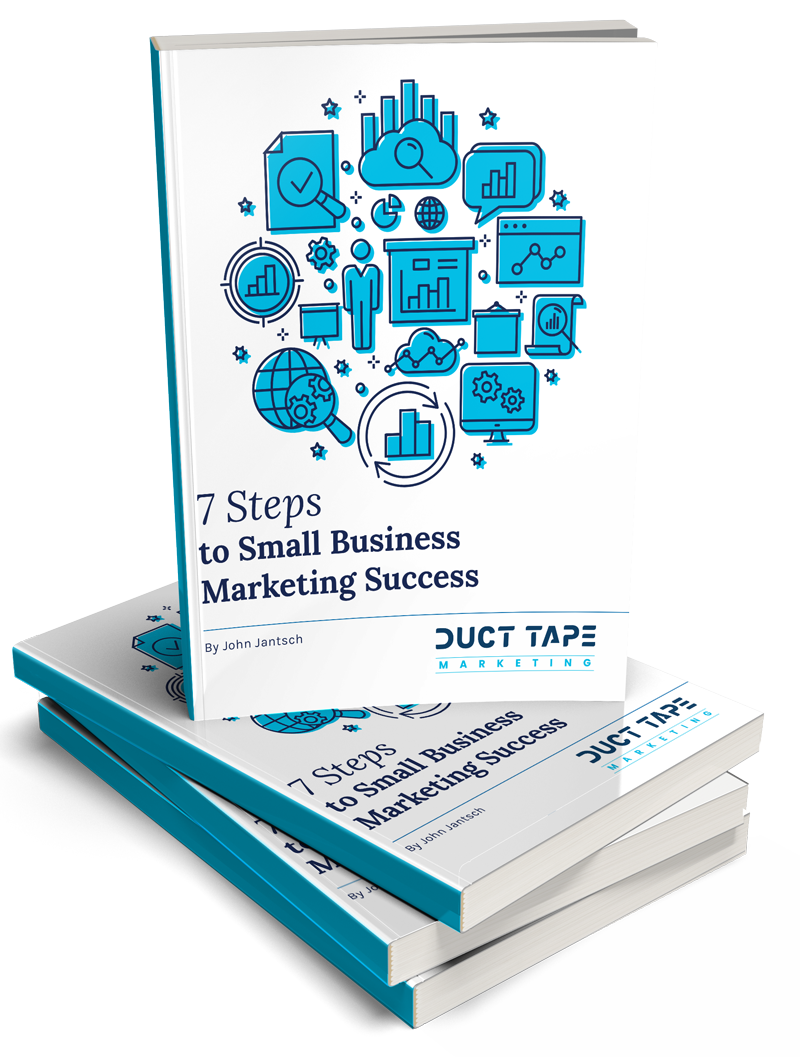Some products or services need more than just a fancy landing page to get people to sign on the dotted line.
Customers need to be educated on the benefits before they see the value.
Do you have such a product or service? What if you could get your prospects to sit down with you for 60 minutes? You could finally break through all the noise on why your offer is right for them.
Just one session would do more than countless blog posts, tweets or expensive ads on Facebook.
Putting a human face to your business is a very powerful way to turn prospects into customers. After all, that’s why salespeople everywhere focus on booking a meeting with a new prospect
And there is one way you can do this at scale: webinars.
Why are Webinars Such a Big Deal?
Webinars let you educate your audience on a specific topic in a very personal setting. Your prospects will also get to know you, personally, rather than an impersonal company.
But one of the best benefits of webinars is what you can call the personal trainer principle.
You know how you’re more likely to train at the gym if you have committed to an appointment with a personal trainer?
Well, prospects who come to a webinar have scheduled time in their calendar to put aside whatever they’re doing to listen to you for up to an hour.
You’ve got their attention, and you’ll be far more likely to get their custom, too.
What’s the Catch?
Each webinar requires a complex orchestration of live performance, webinar technology and managing your participants.
When you do traditional live webinars, you’ll struggle to manage all of this alone (not to mention if you hit technical issues).
And while your last webinar might be wildly successful, you’ll have to pony up the energy to perform the next one each time.
For time-strapped small businesses, the idea of orchestrating a new webinar each week can feel exhausting.
A Ladder versus a Hamster Wheel
In marketing, you can draw a distinction between marketing systems and marketing campaigns.
Campaigns are fun: you get to see immediate results and instant buzz from your work. But once the campaign is over, you’re back to the start again.
Bagging a mention on Twitter from an influencer is fun, but it will quickly fade away.
Your business bottom line won’t reflect campaigns you did five years ago.
A marketing system, however, is something that generates business outcomes for months and years to come. Once you’ve set it up, you can move on to the next stage of your business.
A blog post that attracts consistent organic traffic for years thanks to the smart research of customer pains is a system.
A lead magnet that attracts your ideal customers is a system.
And webinars can be turned into a powerful marketing system with a little upfront work.
Automate What Can Be Automated
You can radically reduce the complexity of webinars by showing a video recording of the main part of the webinar, while you focus on answer customers questions via chat or in a Q&A session at the end of the webinar.
Instead of having to run a live webinar every single week, you can record the very best presentation of your product or service once and show it repeatedly forever.
It requires far less energy, and it will be less prone to tech snafu.
You might wonder whether showing a recorded video in a webinar might be off-putting for prospects who signed up to hear a presentation.
Personally, I thought the same until I realized the #1 reason why people come to webinars.
It’s so they can get answers to questions directly from the source: you.
When I tried a recorded presentation versus a live one, I was shocked to notice that the audience didn’t even notice the difference!
What they cared about was the Q&A session at the end of the video where I’d take their questions and answer them individually live on air.
A Quick Start Guide to Semi-Automated Webinars
If you find that webinars make a huge impact on your business, you can invest in high-quality creatives to create a truly stunning experience.
Until then, I’d go with a lightweight solution to test out webinars for your business.
Personally, I’ve had a lot of success by simply recording a Powerpoint presentation using software such as Camtasia or ScreenFlow while talking into a USB microphone such as the Yeti microphone.
Keeping the presentation short and sweet to 20 minutes leaves you plenty of time for a personal introduction and a Q&A session at the end.
I’ll then upload the video to YouTube as an unlisted video, so I can play it in my webinar software.
Having the video hosted on YouTube means you’re not relying on your local internet connection to stream the video to your participants, so you’ll have fewer issues with their video not working.
In terms of webinar software, you’ll have lots of options on the marketing ranging from high-end solutions from Adobe or GoTo webinar.
Personally, I used Clickwebinar (no affiliation), as they offer plans from $30/month for 25 participants with the ability to stream YouTube videos.
Most webinar providers offer a free trial, so I suggest you test run a few before going live.
How to Promote Your Webinar for Maximum Effect
You’ve recorded your first “hands off” webinar and you’ve found webinar software that works for you.
Now, you need to promote your webinar and give your audience a means to sign up for one.
Sometimes, your webinar software will include a landing page build that has a form that lets people sign up.
Other times, you’ll have to build your own landing page using something like Unbounce or Leadpages.
A key piece of information on the landing page is the date and time of webinar along with the time zone.
There is nothing worse than getting a ton of sign-ups who don’t come because they didn’t know when to show up!
Then, you’ll need to think about who would be a good fit for your webinar. Perhaps it’s new prospects browsing your website. In that case, you can add a call to action in your sidebar advertising your next webinar.
Or maybe new customers need education on how to get the most out of your product? You can set up an autoresponder reaching out to new customers with a link to your webinar.
Perhaps you’re in an industry where your prospects hang out on social media? Then consider Twitter or Facebook as sources of webinar participants. A highly targeted Facebook lead ad can make the signup process as simple as two taps on a mobile phone.
Rinse and Repeat
You now have a semi-automated webinar system that you can hone and improve over the coming months based on feedback from participants.
Because you only focus on giving individual answers to participants, rather than the main presentation, it’s much easier to fit these “semi-automated” webinars into your busy days.
For example, when I was traveling abroad in a different time zone, I was still able to hold a weekly webinar, because I could jump out of bed at 5 am, switch on my laptop and start the presentation after giving a quick introduction.
By the time the video was over, I had drunk my morning coffee and I was ready to tackle the hardest questions the participants had to offer!
Have you run a webinar for your business? What kind of results did you get? Let us know in the comments section!
About the Author
 Thomas Carney has worked for tech companies in Munich, Paris, and now Berlin. When not on a computer, he’s at CrossFit or trying to brew the perfect coffee with an Aeropress coffee maker. He writes about marketing for software products on his blog.
Thomas Carney has worked for tech companies in Munich, Paris, and now Berlin. When not on a computer, he’s at CrossFit or trying to brew the perfect coffee with an Aeropress coffee maker. He writes about marketing for software products on his blog.



